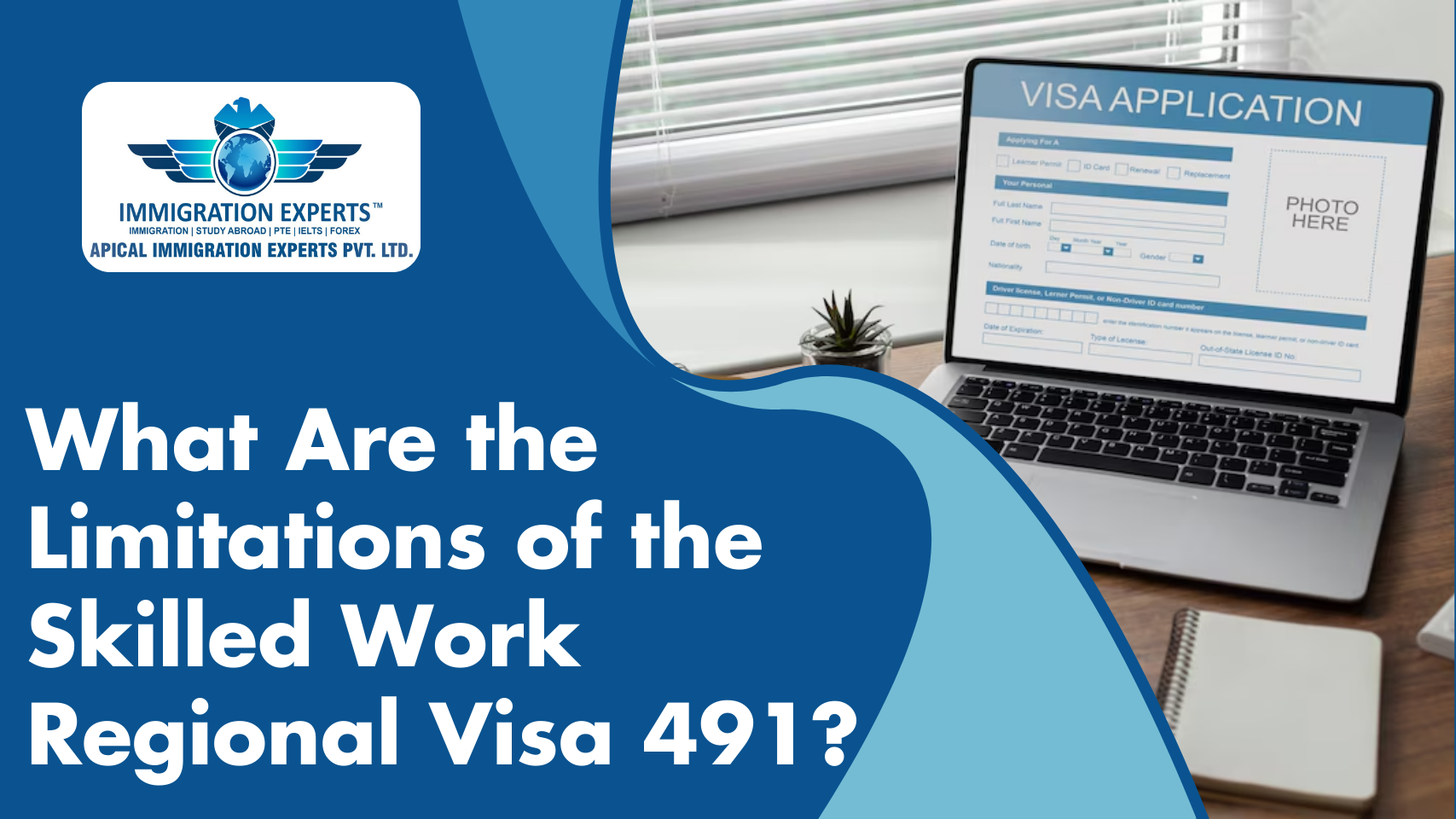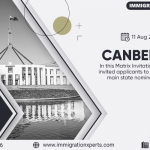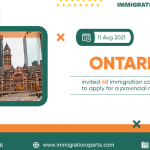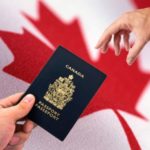The Skilled Work Regional (Provisional) visa (subclass 491) has gained popularity among skilled professionals who wish to build their future in Australia. This visa is designed to address skill shortages in regional areas and encourage skilled migrants to contribute to the growth of smaller cities and communities.
While it offers many benefits, such as a clear pathway to permanent residency, access to healthcare, and the opportunity to live and work in Australia, it also comes with several restrictions that applicants must fully understand before making a decision.
In this article, we’ll explore the key limitations of the Skilled Work Regional Visa 491, why they matter, and what you can do to navigate them effectively.
Understanding the Skilled Work Regional Visa (Subclass 491)
Before we dive into its limitations, let’s quickly look at what the visa offers. The 491 visa allows skilled workers nominated by a state or territory government, or sponsored by an eligible relative in a designated regional area, to live, study, and work in regional Australia for up to five years.
It is a provisional visa that requires holders to meet certain conditions before becoming eligible for permanent residency through the Skilled Regional Visa (subclass 191).
While this pathway sounds promising, it’s important to note that the visa is not without its challenges.
Major Limitations of the Skilled Work Regional Visa 491
-
Mandatory Regional Residency Requirement
One of the most significant conditions of the 491 visa is that you must live, work, and study only in designated regional areas. While regional Australia offers a great lifestyle, employment opportunities can sometimes be limited compared to major cities like Sydney, Melbourne, or Brisbane. For some professionals, this condition can restrict career growth and limit access to industries concentrated in metropolitan areas.
-
Temporary Visa with Conditions
The 491 visa is not permanent. It’s valid for five years, and during this period, you need to meet strict requirements before applying for permanent residency under the subclass 191 visa. This includes maintaining residency in regional areas, achieving the minimum taxable income requirement, and complying with all visa conditions. Any failure to meet these conditions could delay or even block your PR pathway.
-
Limited Mobility Across Australia
Unlike permanent residency or other work visas, the 491 does not give you the freedom to live or work anywhere in Australia. You are legally bound to regional areas specified under your nomination or sponsorship. Shifting to metropolitan areas without authorization could put your visa at risk and negatively impact your PR eligibility.
-
Income Threshold Requirement for PR
To transition to the subclass 191 permanent residency visa, you must demonstrate that you have earned the minimum taxable income (set by the Department of Home Affairs) for at least three years. If you cannot meet this requirement due to part-time work, unemployment, or working in lower-paying industries, your permanent residency application may face hurdles.
-
Limited Access to Certain Social Benefits
While you may be eligible for Medicare (public healthcare), the 491 visa does not grant full access to all government benefits that permanent residents and citizens enjoy. For example, you may not be entitled to certain welfare payments, education subsidies, or financial support options. This can increase your living costs in the initial years.
-
Restrictions on Family Sponsorship
If you are planning to sponsor family members, the 491 visa comes with certain restrictions. Your ability to bring family may depend on meeting income requirements, and even then, family members will also be bound by the same regional conditions. This can be challenging if your spouse or children want to study or work in major cities.
-
No Direct Pathway to Citizenship
The 491 visa itself does not directly lead to Australian citizenship. The process involves first transitioning to permanent residency under the subclass 191 visa and then fulfilling the residence requirement for citizenship. This extended timeline can be a limitation for applicants who are looking for a faster route to full settlement.
Human Insight: Is the 491 Visa Worth It Despite the Limitations?
Many applicants feel restricted by the conditions attached to the 491 visa. However, it’s important to view these limitations in context. Australia introduced this visa to encourage skilled migration to regional areas that need economic and population growth. In return, the government provides a structured pathway to permanent residency, something many other countries do not guarantee under temporary visas.
Yes, living in a regional area may limit immediate access to certain industries, but it also offers opportunities such as lower living costs, less competition in the job market, and a better work-life balance. For professionals who are adaptable, the 491 visa can still serve as a valuable stepping stone to a long-term future in Australia.
The key is careful planning. If you are considering the 491 visa, research your nominated region’s job market, cost of living, and lifestyle before committing. That way, you can align your career and family goals with the opportunities available.
Final Thoughts:
The Skilled Work Regional Visa 491 is a promising pathway for skilled migrants seeking a future in Australia, but it comes with clear limitations. Understanding these restrictions is crucial for setting realistic expectations and planning your move wisely. If you can embrace the regional lifestyle and meet the visa’s conditions, the 491 can open the door to permanent residency and, eventually, citizenship.
Start your journey to permanent residency today—talk to an expert and discover if the Skilled Work Regional Visa 491 is the right pathway for you.
Email: info@immigrationxperts.com
Call us: +91-9999467686, +91-8447-696555
FAQs About the Skilled Work Regional Visa 491
- Can I move to Sydney or Melbourne on a 491 visa?
No, holders of the 491 visa must live, work, and study only in designated regional areas. Moving to metropolitan cities can risk visa cancellation. - How long do I need to stay in a regional area to get PR?
You must live and work in regional areas for at least three years and meet the income threshold requirement before applying for the subclass 191 permanent residency visa. - Can my spouse work in any field under the 491 visa?
Yes, your spouse or partner can work, but they are also restricted to regional areas. They may work in any field or industry available in those regions. - What happens if I lose my job while on a 491 visa?
If you lose your job, you must actively look for new work in the regional area. Extended periods of unemployment may affect your ability to meet income requirements for PR. - Can I study in Australia on a 491 visa?
Yes, you can study in Australia, but you must do so in a designated regional area. Some courses or institutions in metropolitan cities will not be accessible under this visa.






